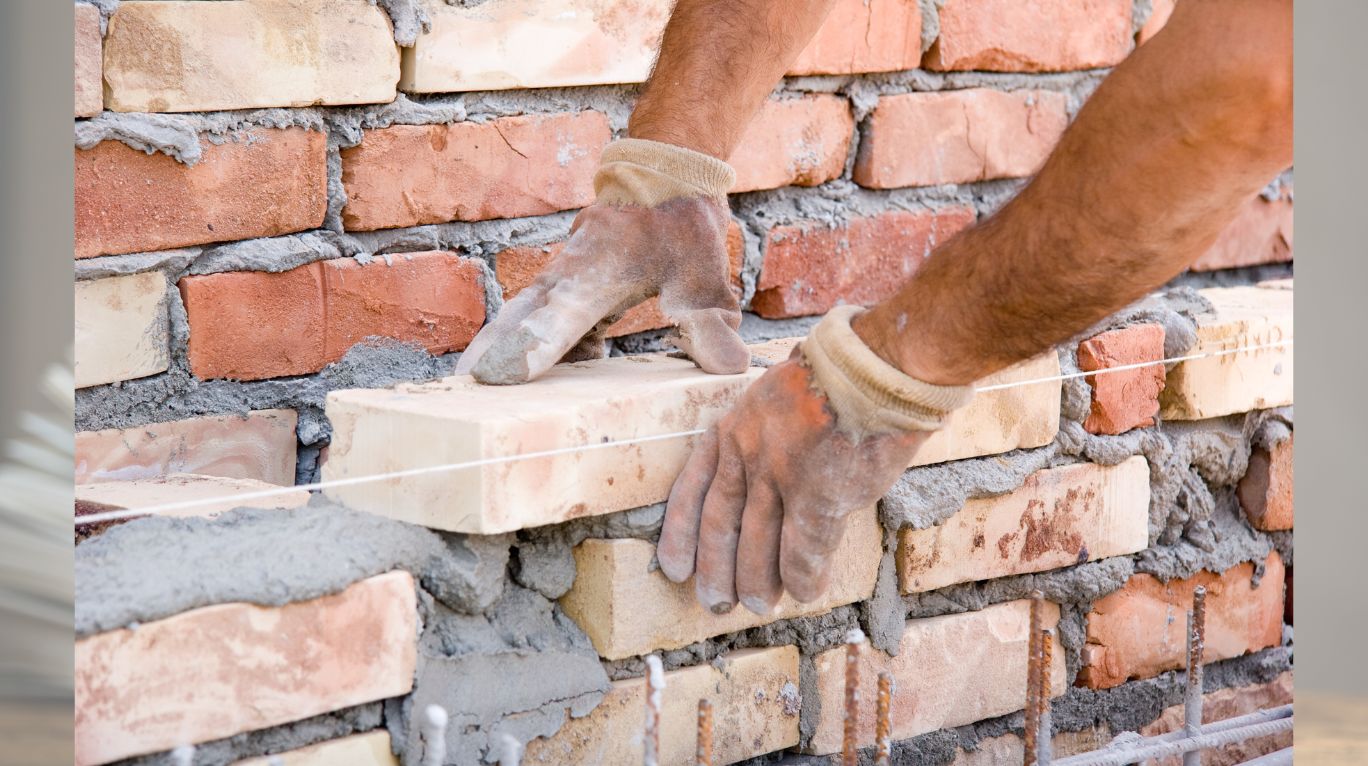
Introduction to Masonry Tuckpointing
Masonry tuckpointing is a crucial maintenance technique for preserving the structural integrity and aesthetic appeal of commercial buildings. This process involves repairing and replacing deteriorated mortar joints between bricks or stones to prevent moisture penetration and structural damage.
Importance of Tuckpointing for Commercial Buildings
Commercial buildings are subject to wear and tear due to various environmental factors such as weather exposure, pollution, and aging. Tuckpointing helps maintain the integrity of the building's facade by preventing water intrusion, which can lead to mold growth, efflorescence, and even structural instability.
Signs that Indicate Tuckpointing is Needed
- Crumbling or deteriorating mortar joints
- Presence of cracks in the mortar
- Water seepage or leakage through walls
- Discoloration or staining of bricks or stones
- Loose bricks or stones
- Sagging or bulging walls
The Process of Masonry Tuckpointing
Masonry tuckpointing involves several steps:
- Assessment: A thorough inspection is conducted to identify areas that require tuckpointing.
- Preparation: The area to be worked on is cleaned and prepared, removing any loose debris or old mortar.
- Mortar Mixing: A custom mortar mix is prepared to match the color and composition of the existing mortar.
- Tuckpointing: Skilled craftsmen carefully remove the deteriorated mortar and fill the joints with fresh mortar.
- Finishing: Excess mortar is trimmed, and the joints are tooled to achieve a seamless appearance.
- Curing: The newly applied mortar is allowed to cure properly to ensure long-lasting adhesion.
Choosing the Right Contractor for Commercial Tuckpointing
When selecting a contractor for commercial tuckpointing, consider the following factors:
- Experience and expertise in commercial projects
- Reputation and track record of quality workmanship
- Licensing and insurance coverage
- References from previous clients
- Competitive pricing and transparent estimates
Benefits of Professional Tuckpointing Services
Professional tuckpointing offers numerous benefits:
- Enhanced structural integrity
- Prevention of water damage and mold growth
- Improved aesthetic appeal
- Long-term cost savings by avoiding extensive repairs
- Increased property value and curb appeal
Cost Considerations and Budgeting for Tuckpointing
The cost of commercial tuckpointing depends on various factors such as the size of the building, extent of damage, accessibility, and choice of materials. It is essential to budget adequately for this maintenance expense to ensure timely repairs and avoid more significant issues down the line.
Common Misconceptions about Tuckpointing
- Myth: Tuckpointing is purely cosmetic.
- Reality: Tuckpointing is a structural repair technique that safeguards the integrity of the building.
- Myth: Tuckpointing is only necessary for old buildings.
- Reality: All masonry structures, regardless of age, require maintenance to prevent deterioration.
- Myth: DIY tuckpointing is as effective as professional services.
- Reality: DIY attempts often result in subpar repairs and may cause further damage to the building.
DIY vs. Professional Tuckpointing: Pros and Cons
While DIY tuckpointing may seem cost-effective, it comes with risks:
- Lack of expertise can lead to improper repairs.
- DIY attempts may void warranties or insurance coverage.
- Professional contractors ensure quality workmanship and use industry-standard materials.
- DIY projects may take longer and result in inconveniences for occupants or tenants.
Case Studies: Successful Commercial Tuckpointing Projects
- Historic Building Restoration: Tuckpointing revitalized a century-old commercial building, preserving its architectural heritage and structural integrity.
- High-Rise Facade Rehabilitation: Professional tuckpointing services extended the lifespan of a skyscraper's facade, mitigating water damage and avoiding costly renovations.
- Retail Plaza Maintenance: Regular tuckpointing maintenance enhanced the appearance and safety of a bustling commercial plaza, attracting more tenants and customers.
Environmental Impact of Tuckpointing Materials
Selecting eco-friendly mortar materials can reduce the environmental footprint of tuckpointing projects. Options such as lime-based mortars or recycled content mortars offer sustainability benefits without compromising performance.
Maintenance Tips to Extend the Lifespan of Tuckpointing
- Regular inspections and maintenance
- Prompt repair of minor cracks or damage
- Cleaning to remove dirt, debris, and vegetation
- Proper drainage to prevent water accumulation
- Applying sealants for added protection against moisture intrusion
Innovations and Trends in Commercial Tuckpointing
Advancements in materials and techniques continue to improve the efficiency and durability of tuckpointing. From hydraulic lime mortars to robotic tuckpointing machines, innovations aim to streamline the process while maintaining quality standards.
Regulatory Compliance and Codes for Tuckpointing
Local building codes and regulations may govern tuckpointing activities, especially in historic districts or designated landmarks. Compliance with safety standards and permit requirements is essential to avoid penalties or legal issues.
Conclusion: Investing in the Longevity of Commercial Masonry
Masonry tuckpointing commercial is not just a maintenance task; it's an investment in the longevity and value of commercial properties. By addressing deteriorating mortar joints promptly and professionally, property owners can protect their assets and ensure a safe, aesthetically pleasing environment for occupants and visitors.
FAQs
- How often should commercial buildings undergo tuckpointing?
- The frequency of tuckpointing depends on various factors such as climate, building age, and maintenance history. Generally, commercial buildings may require tuckpointing every 20-30 years, but regular inspections can help determine the optimal schedule.
- Can tuckpointing be done in cold weather?
- While tuckpointing is typically performed in moderate temperatures, certain cold-weather techniques and materials are available for winter projects. It's essential to consult with experienced contractors to ensure proper procedures are followed.
- Does insurance cover tuckpointing repairs?
- Insurance coverage for tuckpointing repairs may vary depending on the policy and the cause of damage.























